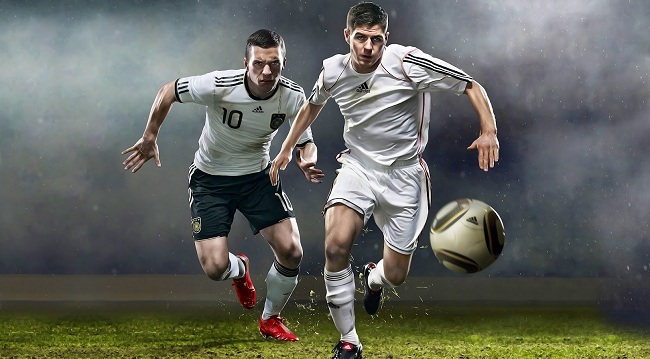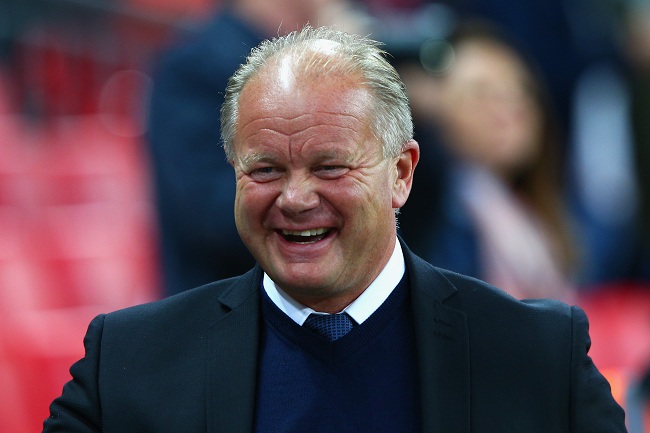Martin Odegaard made his professional debut in a Real Madrid shirt on Sunday, who is a talented Norwegian footballer. He is full of space for development, because he is so young, he is four or five years younger than his teammates in Real Madrid Castilla. People thinks that he will be a great footballer in the near future.
There was not a man on that field at Alfredo Di Stefano Stadium in Madrid who was able to match the experience that Odegaard already has — or the $45,000 a week that he is reported to be making, with some stories having him making far more.
He doesn’t train with embryonic players; he trains every day alongside Cristiano Ronaldo, Gareth Bale, Sergio Ramos and the rest of the superstars of the first team. Odegaard is among the 23 names that Madrid has registered for the next round of the Champions League — and if the team is in a position to give him playing time in the coming weeks, it is not out of the question he could play against the Germans of Schalke 04.
But it would not be his Champions League debut either, because Odegaard played in a qualifying round for the Norwegian club Stromsgodset last July.
Odegaard has represented Norway at the full international level for months now. He has played — and scored — in the senior league in Norway since last April, and he has been giving grown men the runaround in training since he was 14.
During his debut game with Stromsgodset, at 15 years and 117 days old, the creative midfielder was able to carve out a goal for a team-mate. “He loses three or four guys, and I get to score,” Thomas Sorum, the Stromsgodset striker, told local reporters. “That’s a good deal!”
Sorum, 32, is old enough to have played in the same team with Hans Erik Odegaard, Martin’s father. By the time Martin was 7, his father was dedicating 20 hours a week to help nurture such an outstanding prodigy.
So is this nature or nurture? The question came up again and again back in the 1970s when I worked on a book with Trevor Francis, a teenage phenomenon who became England’s first player to switch clubs for one million pounds.
It was Bill Shankly, the sage among coaches at that time, who answered the question. “Coaches don’t make great players,” Shankly said, “mothers and fathers make great players. It is in the genes.”
Francis’s father, like Odegaard’s, passed on a passion for the sport. Trevor, like Martin, had that something extra, the ability to command the ball, to read the play and to glide away from experienced opponents as if they were statues. Francis may have been dogged by injures as his body developed, but that did not deter him.
It is now up to Real Madrid’s managers, Carlo Ancelotti with the senior team and Zinedine Zidane with the developmental squad, to guide Odegaard. And it is up to Ronaldo and company to accept this precocious kid, and so far the stars have made encouraging noises around him.
They may see what top scouts and managers have spotted: that this is an exceptional kid. Real effectively won an auction that had gone on for 18 months, though it accelerated once Odegaard turned 16, a week before Christmas.
He was by then on his own grand tour with his father, visiting Bayern Munich, Liverpool, the Manchester clubs, Arsenal, Ajax and, of course, Real Madrid. “Obviously, there is a beautiful bride,” broadcast Karl Heinz Rummenigge, Bayern’s chief executive and a former striker for the German club. “We are many grooms waiting on the doorstep. Maybe we are the best looking groom.”
Apparently not. Bayern wooed the Odegaards, but Madrid – with Zidane quite persuasive by all accounts – won the affection and the signature of the boy.
Good coaches, among them Norway’s national team manager, Per-Mathias Hogmo, say they are astonished, not simply by Odegaard’s left foot, but by his awareness of everything around him during play and his ability to make the right decision.
They say Odegaard is an old head on young shoulders.
Some might ask how is this legal to sign a player so young? Barcelona is banned from buying players until 2016 because it breached a FIFA regulation by signing players under the age of 18 from outside its region. Real Madrid — which doesn’t have Barcelona’s longstanding record of educating youngsters (including Lionel Messi from age 13 on) — is now also being subjected to FIFA scrutiny over the signing of 51 players.
But Real says that it has done nothing wrong and that the youth players under its wing came from properly registered teams or from within the FIFA limit of 100 kilometers (about 60 miles) from the club or from inside the European Union.
Odegaard already had professional status, and Norway is a member of the European Free Trade Association, which counts for the EU designation.
It is complicated, it is business, and it is FIFA. Only time will tell if Odegaard is a shooting star, a shining light like those of the extraordinary auroras in the Norwegian sky. If he is, in fact, a youth way ahead of his years, closer to his peak at age 16 than his team-mates are to theirs at age 20.
To sustain that peak, as Messi and Ronaldo have done, takes an obsessive amount of dedication that goes beyond the gifts developed from childhood on.
But the other side of early stardom can be burnout, and should Odegaard get on the field in the Champions League in the next two months, he might eclipse Celestine Babayaro as the youngest player to debut in the Champions League proper.
Babayaro, born in Nigeria, set the record in 1994 with Anderlecht at 16 years and 87 days. But by the time he was 30, after stints with Chelsea and Newcastle, Babayaro was injured and disillusioned, out of the game and headed for bankruptcy.
To get more information of Odegaard on UTfifa15coins.com, you will be happy to see the progress on his professional career. He need never go down that route, but reaching his full potential takes more than talent; it takes perseverance.

